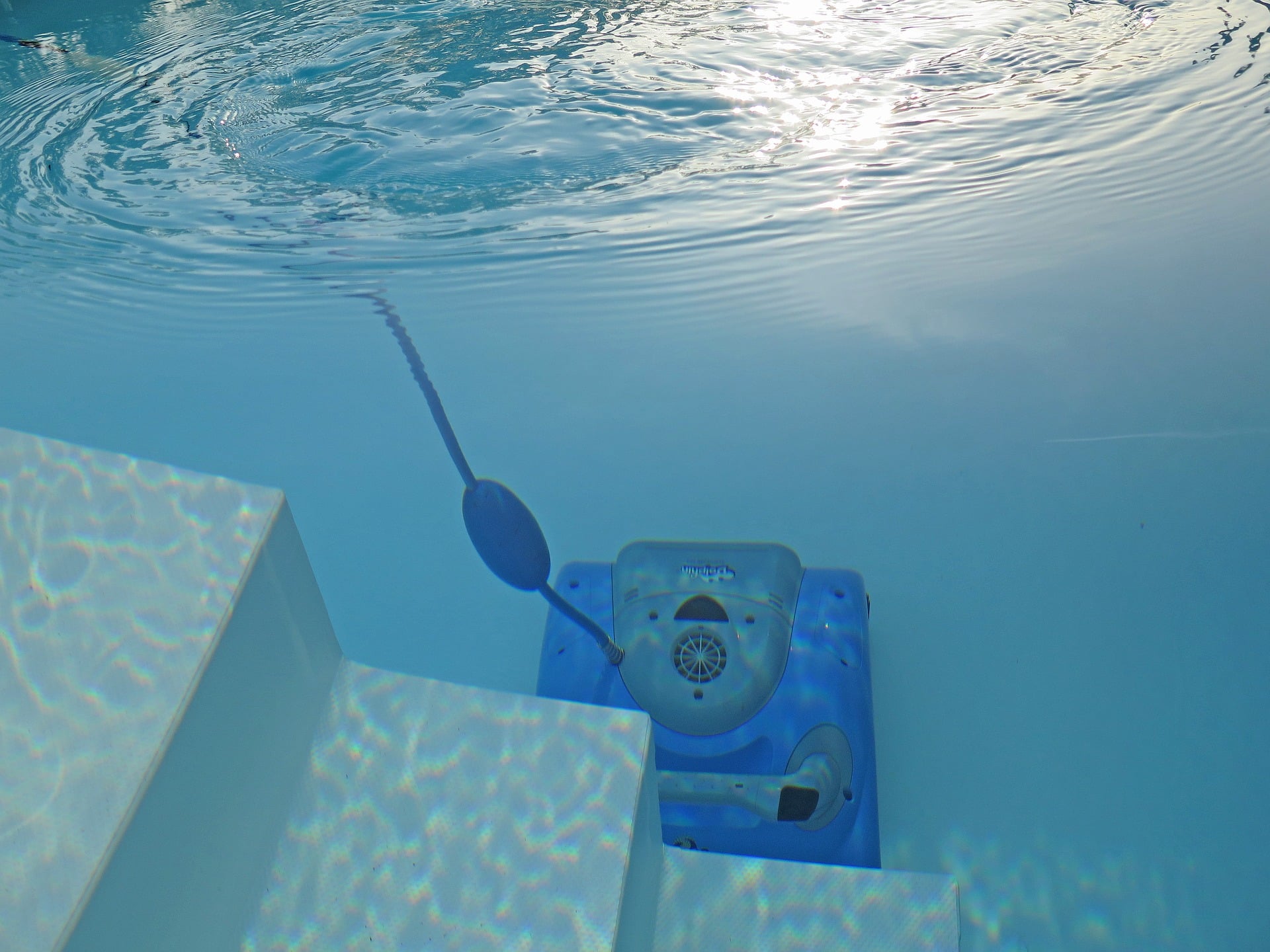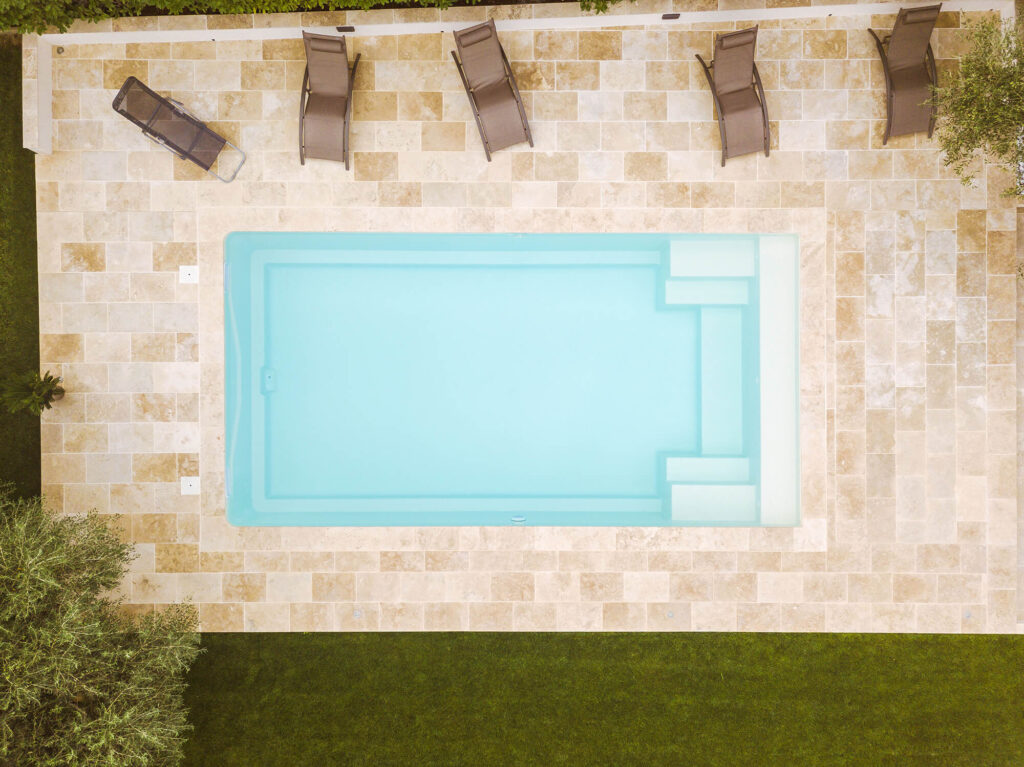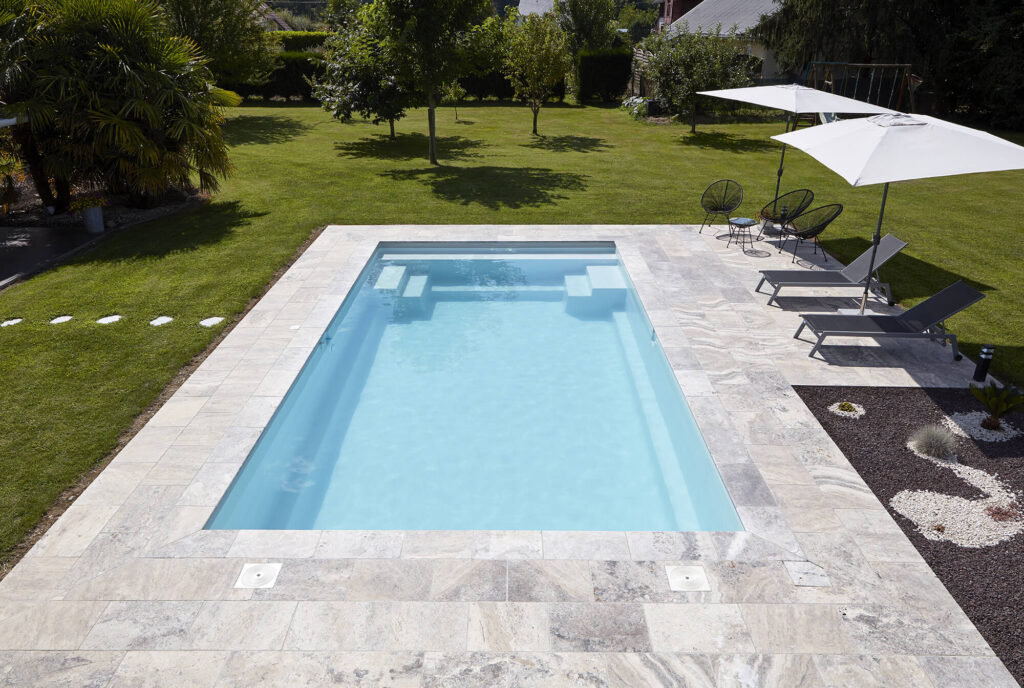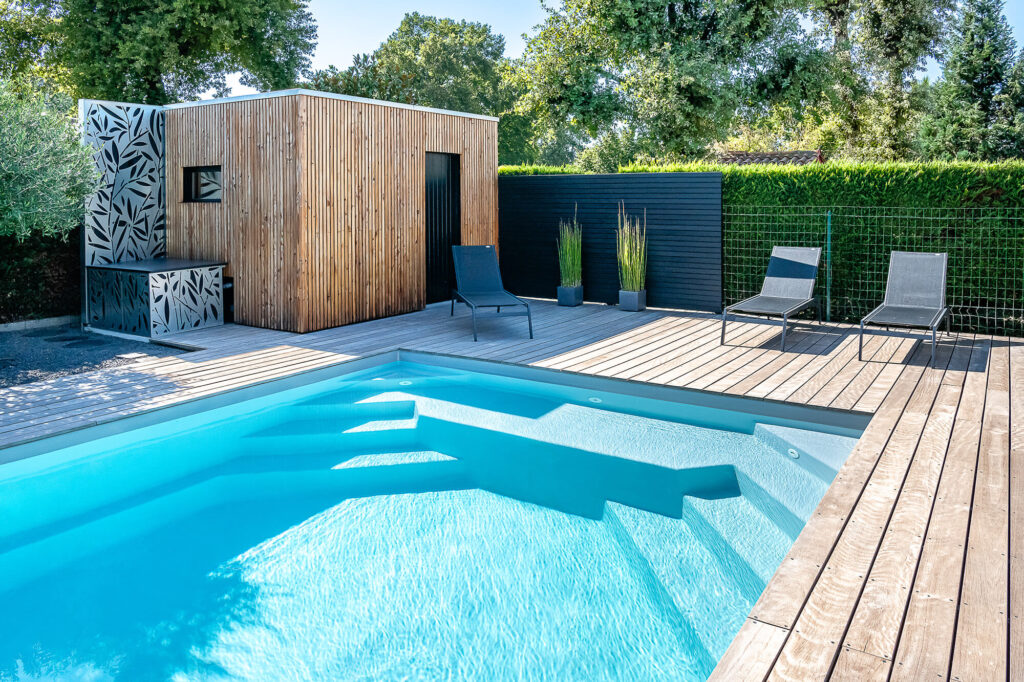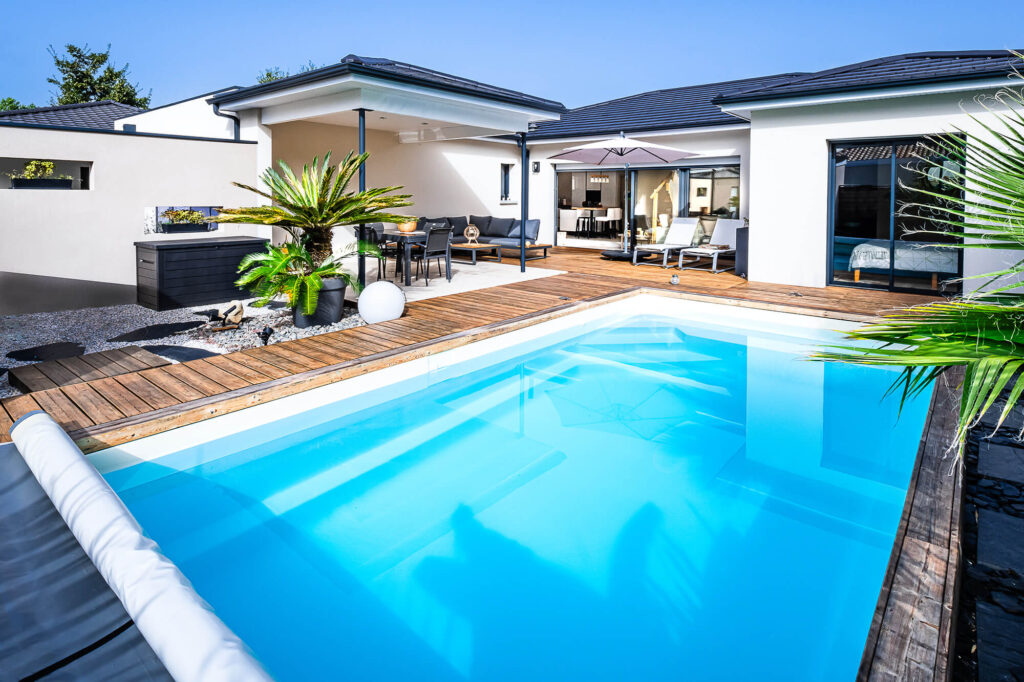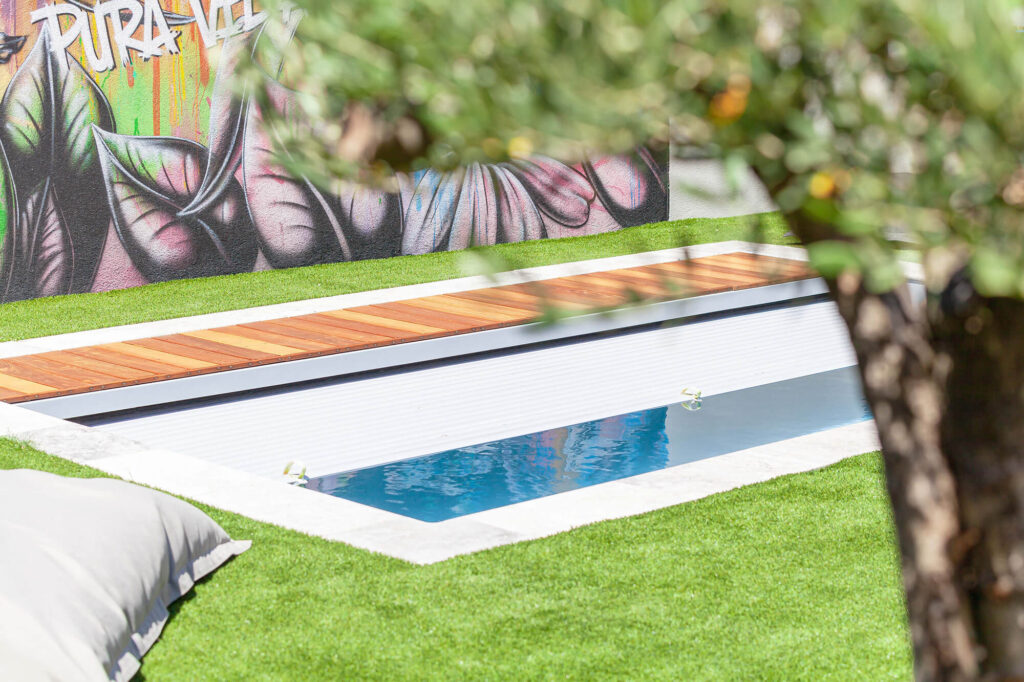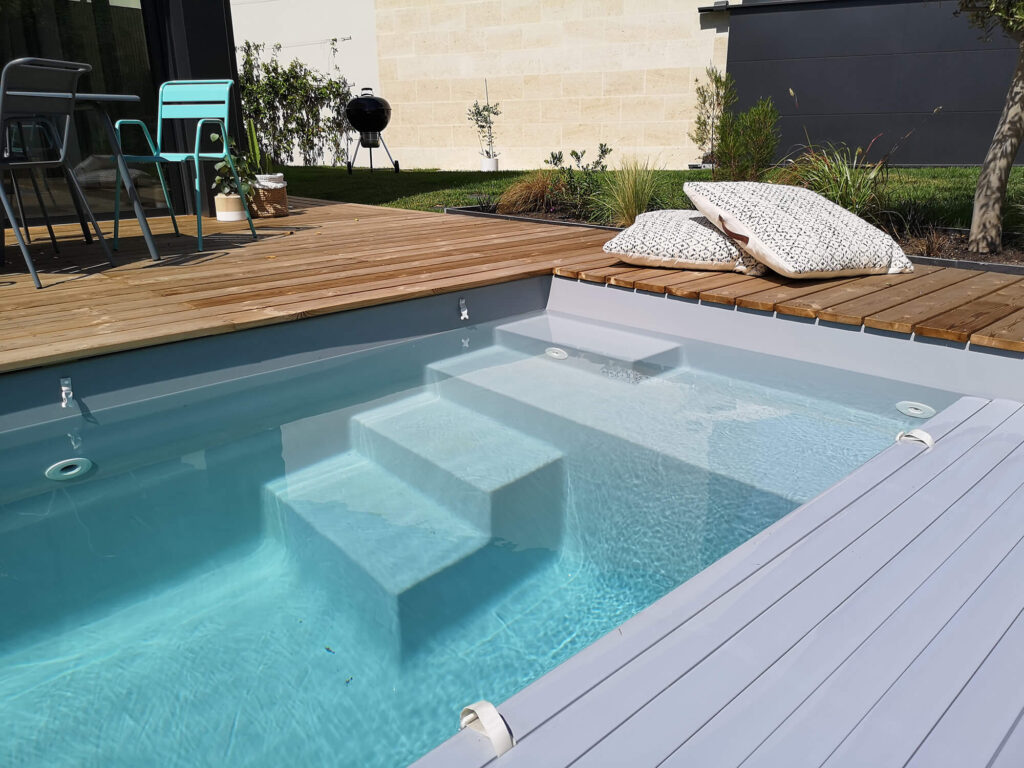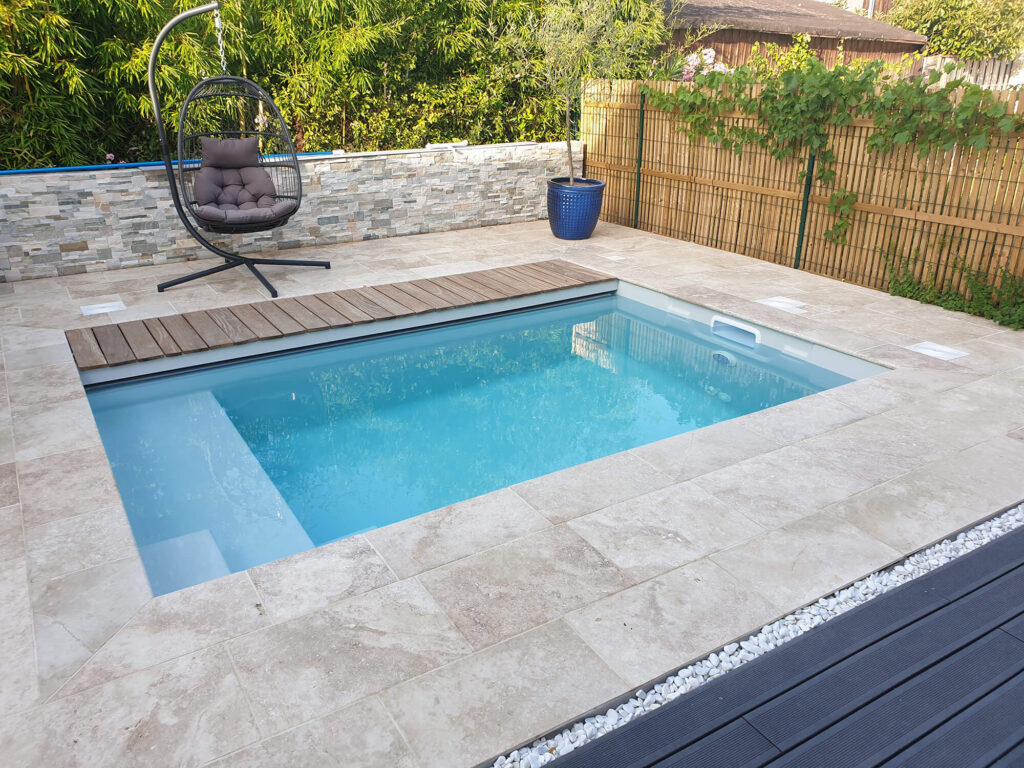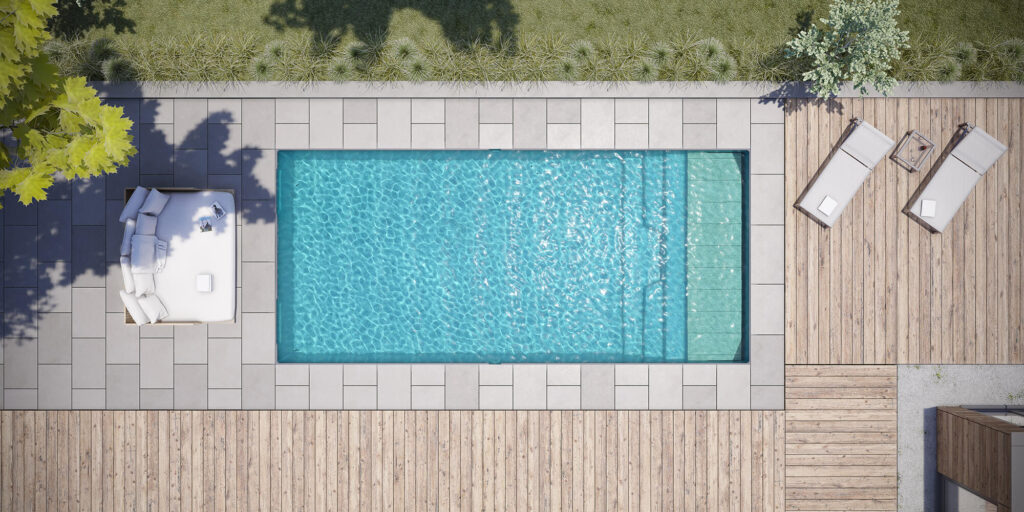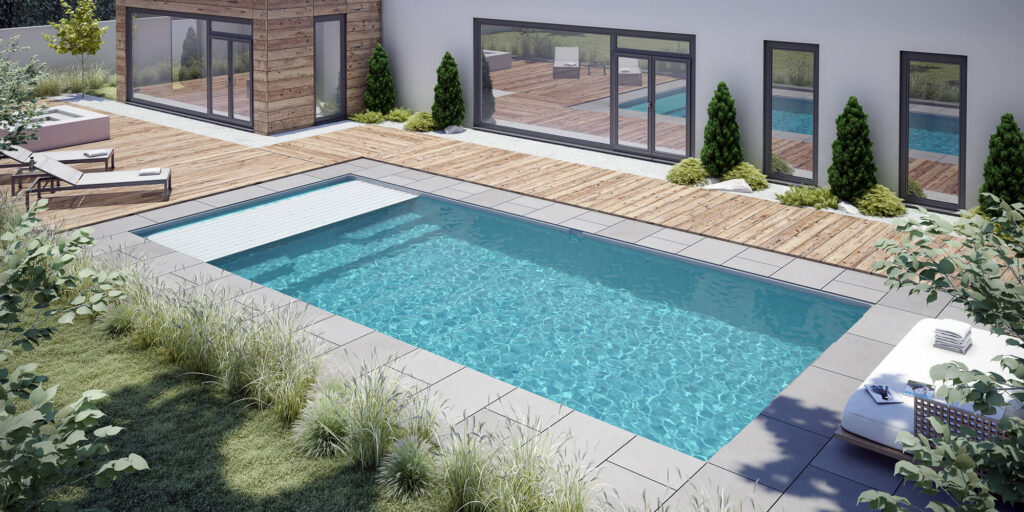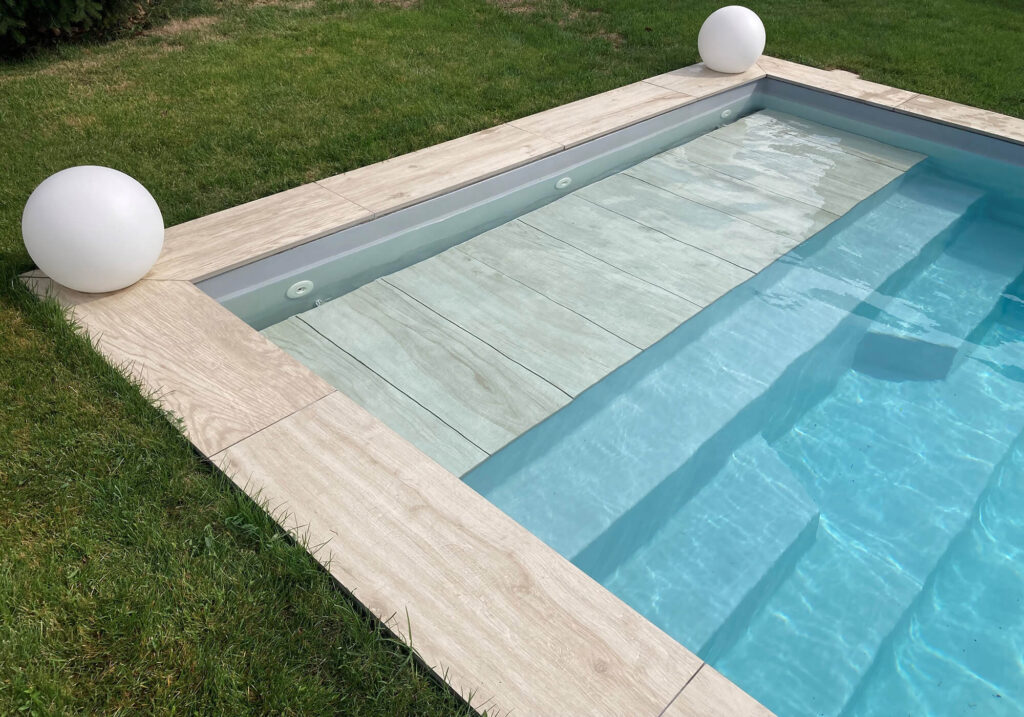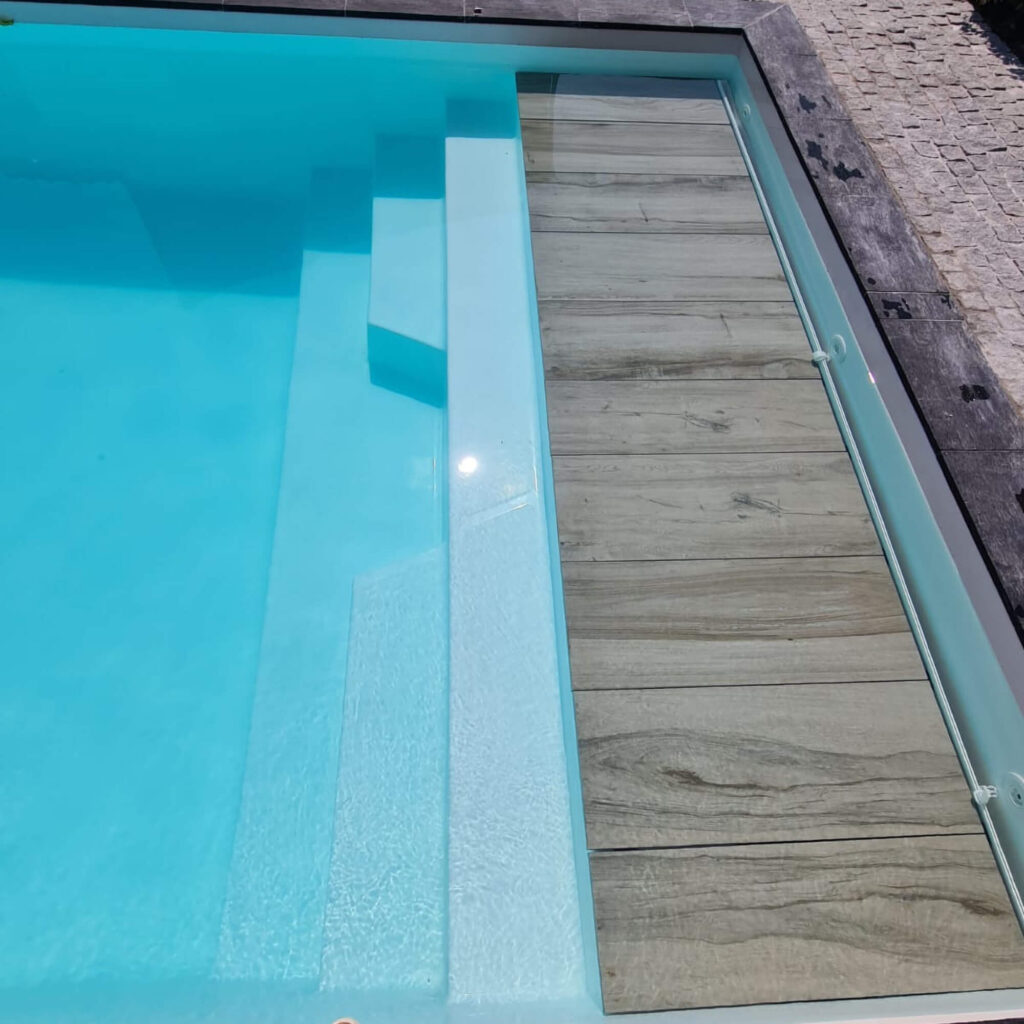Essential for ensuring the proper maintenance of your swimming pool , cleaning robots take care of vacuuming up dirt but also cleaning the bottom and walls using integrated brushes.
Today, there are so many models on the market that it can be difficult to find your way around. Electric pool robot , Zodiac pool robot or even Dolphin pool robot ... How do you know which one to choose?
To help you see things more clearly, Aboral is taking stock of the different types of pool robots that exist.
Why use a pool robot?
To keep the pool water healthy and clean, a shell pool requires regular maintenance. And while the pool brush is one of the least expensive maintenance equipment, it is nonetheless tedious if you have a large pool.
Unlike pool brooms, pool vacuum robots clean the bottom and walls of your pool, without any effort on your part! After manually programming the device, it takes care of cleaning the impurities in your pool, completely autonomously.
Rightly so, it appears as the ideal accessory for pool owners who do not have the time or the desire to maintain their pool . And this, whatever the type of pool you have. Above-ground, semi-buried or buried pool , each pool has its own type of robot; everything will depend on the shape, the volume of your pool and your budget!
What are the different types of pool robots?
Finding a cheap and quality pool robot is the wish of all those who want to get rid of the chore of cleaning the pool. To make a good choice, you must first know the different models that exist. Among the different devices that you will find on the market, we can list several types:
The hydraulic robot
Considered the most widespread model today, the hydraulic robot is ideal for small or little-used pools.
Connected to the skimmer or the pool broom socket directly via a connection pipe, the hydraulic model works by suction or discharge. Thanks to the flow of water from the hydraulic circuit that passes through the device, a set of mechanisms are put in place, allowing the latter to move and clean the bottom of the pool and the walls.
Its particularly attractive cost explains its success with pool owners. But be careful, this maintenance device is not suitable for all pools! Since the movements are random and rather slow, it is better to avoid turning to this model if you have a large pool. In addition, unlike other robot models , the hydraulic robot is not able to clean the waterline or the steps of your pool.
Finally, be aware that to function properly, it is essential that the pool be equipped with a filtration pump.
The pulse robot
The pulsating pool robot (also called a pressure or suction robot) uses water pressure to remove impurities and send them back to the skimmers to filter them.
To operate, this pool cleaning robot must be connected either to the return jet of your pool or to a booster installed outside, generally in the pool shelter. In some cases, it is possible to equip your pulsating robot with its own filter to retain impurities.
More efficient than the hydraulic robot, the pulser robot is capable of cleaning the bottom, the walls and even the steps of your pool! And this, regardless of the coating of your pool. In addition, whether your pool is round, rectangular, with a sloping or flat bottom, the pressure model does not back down from anything.
The only drawback is that its installation is more complex. It is necessary to call on a professional to install the booster in the pool shelter.
More economical than the electric pool robot , the pulsating robots have an excellent quality-price ratio. Whether you choose a Zodiac or Dolphin model, be sure to select your maintenance equipment according to the technical characteristics of your pool.
The electric robot
Plugged into an electrical outlet located in your home or in your pool shelter, the electric robot appears to be the most versatile device. Not only do they move around completely autonomously, but electric models are also capable of cleaning the entire pool very efficiently. Zodiac robot or Dolphin robot , this type of device not only ensures the suction of impurities, but also the brushing of the pool coating.
Both fast and independent, the electric robot moves into every corner of your pool: from the bottom to the walls, including the stairs and the water lines. Particularly recommended for free-form pools , this maintenance equipment will also delight owners of large pools. In addition, some models of electric robots have the advantage of having a programmable cleaning cycle . Ideal if you are going away from home for a while!
As one of the most efficient devices, electric pool robots are, unsurprisingly, the most expensive robot models.
However, to the question: can you leave an electric robot in the pool? The answer is no. Like other robot models (hydraulic and pressure), leaving your device inside the pool can be dangerous, especially when swimming!
In fact, you could get tangled in the robot's cable or be surprised by the brushes that climb the walls of your pool. In addition, the waves caused by swimming could interfere with the proper functioning of the device.
As you will have understood, whether for safety or convenience reasons, Aboral advises you not to leave the electric robot in the pool in the presence of swimmers.
Now that you know a little more about pool robots, discover our valuable advice for choosing the right pool robot!
What elements should you take into account when comparing pool robots?
Contrary to what one might think, choosing the best pool robot is not an easy task. Faced with the multitude of references available on the market, it is difficult to identify the equipment best suited to your budget, and especially to your pool. For this reason, Aboral recommends that you compare existing models in order to choose the most efficient and best suited pool cleaning robot for your pool.
To make this comparison, you will need to take several criteria into account.
The need for cleaning
One of the first questions you should ask yourself before investing in maintenance equipment is what your needs are.
If you only want to vacuum up the dirt that resides at the bottom of the pool, a hydraulic or pulser model may be sufficient. On the other hand, if you want optimal maintenance of your pool , you will need to turn to an electric model .
The coating of your pool
Depending on the type of coating of your pool (painted concrete, shell, liner or even tiles), you will need to choose a pool robot with suitable characteristics.
For example, the gelcoat finish coating of shell pools offers average grip. In concrete terms, this means that the surface is less slippery than a tiled coating, but more slippery than a painted concrete wall.
If you opt for a hydraulic or pulse pool robot , the question does not arise; this maintenance equipment is mainly used to vacuum the bottom of the pool. On the other hand, if you choose an electric pool robot, choose one with combined brushes. Thanks to the PVC slats with foam rings, the grip is reinforced and the brushing is optimal. The device will thus be able to clean the corners, brush the walls and the waterline of your shell pool.
For your information, please note that the Dolphin robot range often offers models with combined brushes.
The shape, depth and dimensions of your pool
To make your device as effective as possible, it is important to take into account the shape (rectangular, round, square or free-form), the bottom ( flat bottom or sloping bottom ) and the dimensions of your pool ( mini pool or large pool).
Generally speaking, if you have a pool with a classic shape (round, square, rectangular, oval), you do not need to take any special precautions regarding the choice of your maintenance device. You will simply need to check the correct compatibility with the different elements present in the water and with which it could be blocked (ladder, filter, etc.).
Conversely, if you have a free-form pool at home , opt for a small pool robot. This way, it will be able to slip more easily into right angles, rounded corners or other narrow corners.
The budget you have available
Comfort and peace of mind come at a price! Depending on the model chosen, buying a robot cleaner can be a real luxury… Discover an estimate of the prices observed for the different existing models:
Price of a hydraulic pool robot
– Around €110 for a hydraulic suction model;
– Around €300 for a hydraulic pressure model.
Price of an electric pool robot
– Between €500 and €800 for an entry-level model;
– From €900 to €1,200 for a mid-range model;
– Around €2,000 for a higher model.
Price of a pulser pool robot
– Between €500 and €1,200;
– Please note, if you choose a pulse robot, you must not forget to take into account the price of the booster, which is around €200, as well as the installation cost.
With this complete guide, you now have all the keys in hand to choose the model that corresponds to your pool and enjoy clean and healthy water throughout the summer season. Hydraulic, pulser or electric , it's up to you to define the needs of your pool to choose the best maintenance device.
Are you hesitating between several models or do you simply need advice? Our team of Aboral experts can provide you with their expertise in order to guide you towards the best product. Do not hesitate to contact them!
Configure your pool online Back to all news